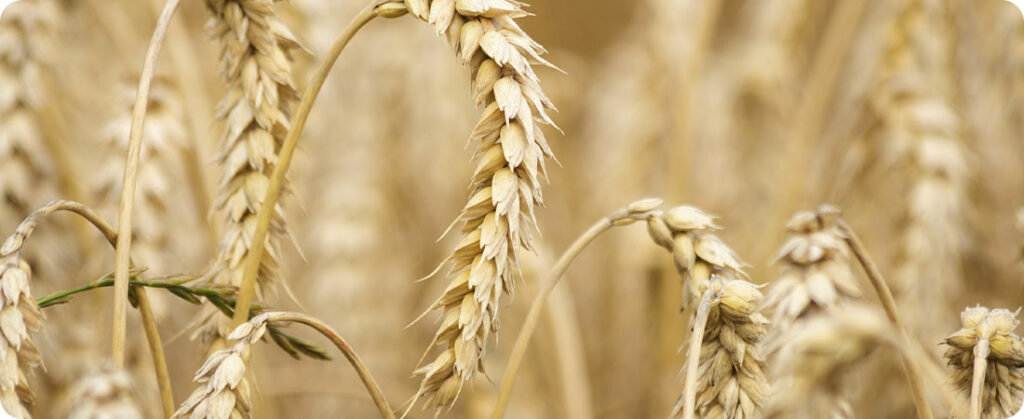
The culture of wheat has been facing a challenging reality in Brazil. The current situation is marked by significant variations between states, and the main influence falls on climatic conditions, especially excessive rainfall.
According to data released by Conab's Weekly Crop Conditions Bulletin, abundant rains have had a considerable impact on the quality and productivity of wheat in the current cycle, mainly affecting Santa Catarina and Rio Grande do Sul. In Paraná, which has already harvested 75% of its crops, the situation is more promising. The rest continues to develop well, in contrast to other states affected by high rainfall.
Santa Catarina faces slow progress in harvesting due to climate instability. These adverse conditions impact the quality of crops and harvested grains. End-of-cycle diseases and changes in grain pH due to germination on the cob worry farmers. Far-West regions report low quality grains, reclassified as wheat, mainly due to high post-ripening rainfall.
Climatic challenges at harvest: High humidity affects grain quality in southern Brazil
In Rio Grande do Sul, the harvest is progressing despite the high humidity in the grains. To avoid further degradation of quality, we take this measure, but it results in additional drying costs. Conditions of high humidity and temperature encourage the emergence of fungal diseases and bacterioses, compromising the effectiveness of agricultural pesticides. Low pH in harvested grains indicates problems in final quality. Furthermore, phenomena such as lodging and spontaneous threshing occurred in some areas, directly related to adverse weather conditions.
São Paulo and Minas Gerais appear to be the states least affected by adverse weather conditions. Almost all crops have already been harvested, and average yields are considered good in São Paulo. In Minas Gerais, the harvest was completely completed, demonstrating a more stable situation in relation to wheat.

Considering the 8 states in question, the harvest increased from 41% in the previous week to 51.8% in the most recent survey. Index 21.2% above that recorded in the same period in the last harvest.

In this report, we examine the latest grain harvest figures in different regions of Brazil, highlighting significant advances and the reasons behind these changes.
Minas Gerais – 100% of harvest completed
In Minas Gerais, this year's harvest, after all, reached the mark of 100%, representing an increase of 0.4% in relation to the last monitoring. This result, however, demonstrates efficiency in crop management and is positive news for producers in the region.
Rio Grande do Sul – increase of 20%
Rio Grande do Sul showed a significant change, with the harvest jumping from 3% in the 2022 harvest to 23% in the most recent data. The need to harvest grains with higher moisture content, avoiding more significant losses, may account for part of this increase. An effective strategy to optimize income.
Paraná – advance of 23% in harvest
The numbers reveal, after all, an impressive advance in the Paraná harvest, which jumped, in fact, from 50% in the 2022 harvest to 73% this year. This evolution similarly suggests effective crop management, even in the face of climate challenges that could have been problematic. An example of how careful planning can overcome previously undeniable obstacles.
Santa Catarina – harvest advance
Santa Catarina shows an earlier harvest rate than in the previous harvest, with an index of 8% currently. This early advance is a response to the attempt to mitigate the damage caused by excessive rainfall and the emergence of end-of-cycle diseases. An efficient strategy to minimize losses.
São Paulo – maintaining the good pace
São Paulo maintained a constant harvest pace, however recording an increase of 13% compared to the previous week. Efficient management or more favorable climatic conditions compared to other regions can attribute this. Demonstrating the importance of adapting to local conditions.
Source: Aline Merladete | agrolink












